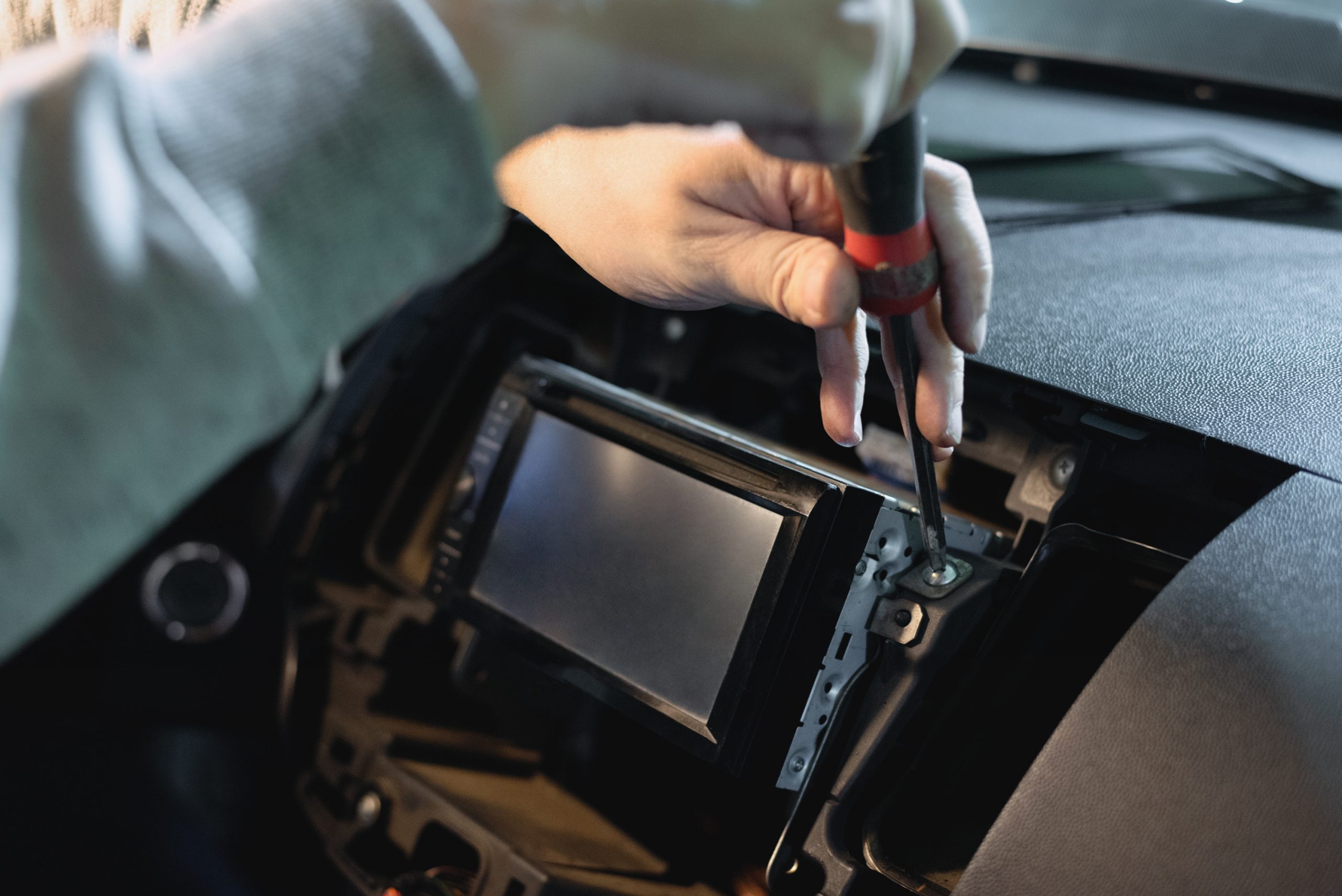Tips for Retaining OEM Controls After Audio Upgrades
Upgrading your car stereo doesn’t mean losing your vehicle’s factory features. With the right adapters, planning, and attention to detail, you can retain steering wheel controls, backup cameras, and other OEM functions while improving your audio experience. Here’s how to do it right.
However, installing an aftermarket unit often creates concern about losing factory features such as steering wheel buttons, backup cameras, or parking sensors. Retaining OEM controls after audio upgrades requires the right planning, tools, and attention to detail.
1. Understand Your Car’s Factory Features
Begin by listing every factory function you want to preserve. Think beyond just steering wheel audio controls. Include backup cameras, parking sensors, climate displays, integrated microphones, and Bluetooth functions.
Thorough preparation starts with your owner’s manual and an online search for your car’s exact make, model, and year. These resources list features impacted by stereo changes and help you spot potential complications.
2. Look Into Compatibility and Components
Before making any purchases, research vehicle-specific wiring harnesses and interface modules. These pieces translate signals between brands and connect your new stereo with your car’s electronics.
Check if your vehicle’s system uses a CAN bus or LIN bus communication network. Select adapters matched to your head unit and vehicle electronics. Reviewing your car’s wiring diagrams is a wise extra step because it clarifies how to connect everything safely.
3. Watch Out for Common Installation Pitfalls
A clean installation requires close attention to wiring. One of the most common IDoing head unit installation problems, as an example, comes down to mismatched or incomplete wiring. This results in loss of functions like steering wheel controls.
Carefully document wire colors and pinouts before disconnecting anything. Always use a multimeter to test continuity. Never rely on wire color alone since these sometimes vary between cars and years.
4. Program and Update Adapters
Many steering wheel control (SWC) adapters must be programmed to work with your specific vehicle and head unit brand. Follow the instructions included by the adapter manufacturer step by step.
Check for firmware updates on your head unit and interface modules; updates often resolve issues or provide new features. Some factory features, such as parking sensor alerts, also require special attention during installation.
5. Test Everything Before Final Assembly
Before finalizing your installation and replacing dashboard panels, test every function you set out to retain. Try steering wheel controls, backup cameras, parking sensors, Bluetooth, and displays.
If you run into issues, double-check wiring and programming steps. Taking time now makes retaining OEM controls after audio upgrades straightforward. Plus, it keeps your upgraded system feeling factory fresh.
Related posts:
5 Most Iconic American Muscle Cars of All Time
The Ultimate Guide to Aftermarket Car Upgrades

